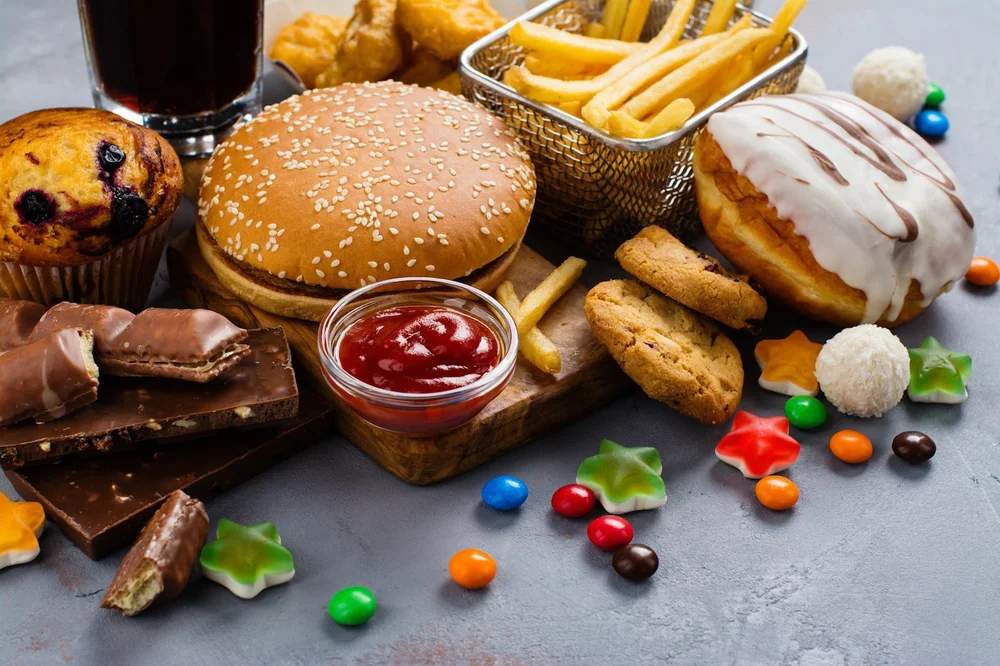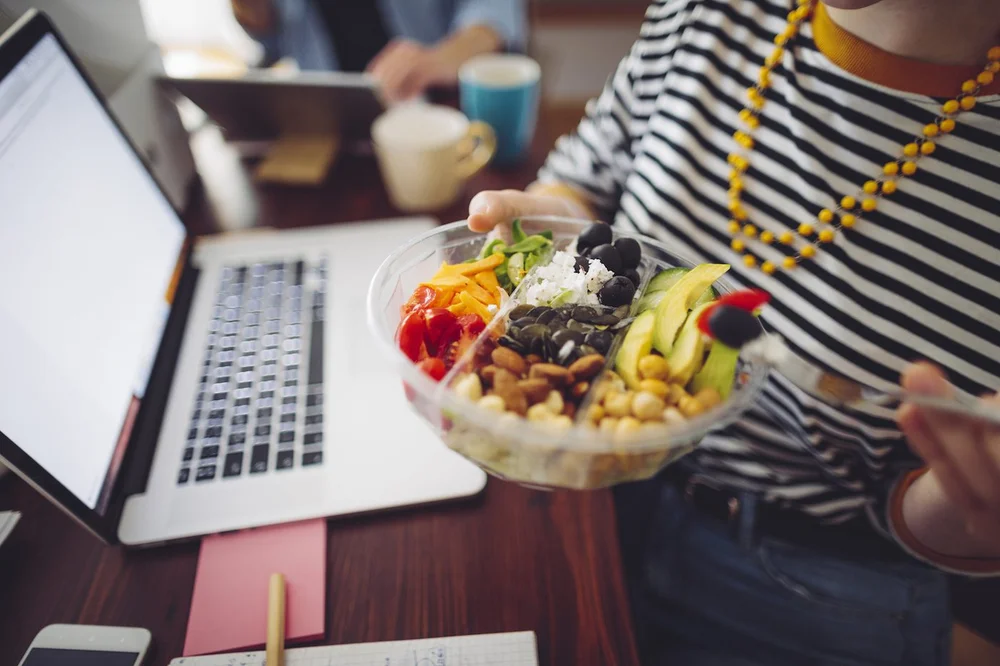A Beginners Guide to the Gluten-Free Diet
Eating gluten-free is not a fad.
Unlike other food trends such as the paleo and keto diets, abstaining from gluten is a medical necessity for roughly 7% of Americans.
Add to this the fact that gluten-related problems are on the rise, and it’s no wonder more individuals than ever are adopting a gluten-free diet.
What Is Gluten?
Gluten is a collective term referring to the natural proteins found mainly in wheat, rye, barley, and triticale. It’s what makes the texture of bread and baked goods so appealing. It acts as a binder too, making it great for gravies and sauces.
Respected medical institutions say that gluten isn’t bad – for most people. However, it is bad for certain people who have a genetic predisposition to being gluten intolerant or sensitive.
What Is Gluten Intolerance?
Approximately 1% of Americans have celiac disease (CD), which manifests as the most severe form of gluten intolerance. For these people, gluten-free eating is critical. CD is a hereditary autoimmune complication where the immune system sees gluten as an invader and attacks the tiny villi that line the intestinal wall, causing damage, inflammation, and malabsorption.
Symptoms range from mild (fatigue, bloating, alternating constipation, and diarrhea) to severe (unintentional weight loss, malnutrition, intestinal damage). Left untreated, celiac disease may lead to non-intestinal symptoms including iron deficiency, fatigue, bone loss, spleen issues, reproductive problems, neurologic issues, skin rashes, and abnormal cell growth.
What Is Gluten Sensitivity?
Roughly 6 % of Americans suffer from what’s called non-celiac gluten sensitivity. Gluten sensitivity is attributed to those who have tested negative for celiac and wheat allergies, yet still have mild symptoms.
After a 2015 research study found intestinal permeability in individuals exposed to gluten but with no known sensitivity to gluten, some medical professionals took it as validation that gluten, to varying degrees, causes problems for everyone. Although more clinical research is needed, anecdotal evidence appears to underscore this finding.
It also may explain why so many surveyed Americans (63%) by the Consumer Reports National Research Center believe that a gluten-free diet could improve their health.
Beginners Guide to Gluten-Free

If you want to know how to live gluten-free, here’s a basic overview of the gluten-containing food types you’ll need to drop.
The Big Three
The best starting point is to cut out the big three gluten-containing grains: wheat, barley, and rye.
Yes, that means letting go of most bread, baked goods, and pasta. It also means being careful about sauces, gravies, spices, salad dressings, and more, as they tend to have wheat or wheat gluten added in.
Barley is commonly found in malt (malted anything – barley flour, milk, syrup, flavoring, vinegar, etc.), food coloring, soups, beer, and Brewer’s yeast. Rye is in bread, beer, and cereals.
Other Sources of Gluten
Gluten is in triticale and sometimes oats, which are naturally gluten-free but can be cross-contaminated during processing.
Gluten is found in all sorts of products including candy, croutons, French fries, imitation meat or seafood, seitan, hot dogs, and processed lunch meats, chips, and soups.
Gluten-Free Foods
Thankfully, there are more gluten-free options on market shelves today than ever before. A gluten-free label means that the product has fewer than 20 ppm of gluten, as per FDA standards.
You can find gluten-free flours, baked goods, bread (usually refrigerated), and snack foods in most grocery stores. But remember, gluten-free, especially as it pertains to snack foods, doesn’t always mean healthy. Check for high sugar and fat content.
There are plenty of grains and starches that are naturally gluten-free with delicious taste and texture including cassava, quinoa, sorghum, millet, buckwheat, gluten-free oats, nut flours, chia, and more.
Savor fresh fruits and veggies, beans, seeds, legumes, lean unprocessed meats, fish and poultry, and selected dairy products.
Gluten-Free Diet Benefits
Gluten-sensitive people can experience relief when gluten is removed from their diet, but there are more benefits, too.
When you avoid gluten, you avoid a host of processed foods such as fast food, baked goods, and cereals, which are typically high in calories, sugar, and unhealthy fats. As a result, people often lose weight and report feeling less fatigued as they shed pounds.
Also, people who stop eating gluten-containing foods typically replace them with healthier foods such as fruits, vegetables, and healthy fats and proteins, all of which can help enhance well-being. Gluten-containing whole grains are naturally rich in iron, calcium, fiber, thiamin, riboflavin, niacin, and folate.
Be sure you’re getting these nutrients in other foods or through supplementation!
At BrainMD, we’re dedicated to providing the highest purity nutrients to improve your physical health and overall well-being. For more information about our full list of brain healthy supplements, please visit us at BrainMD.
- Here Are Some of the Best Tension Release Exercises to Help You Feel Your Best! - April 17, 2024
- Foodscaping: How to Grow Healthy Foods In Your Own Garden! - April 12, 2024
- Eat Your Fruits and Veggies (Don’t Drink Them) - March 29, 2024




It’s good to know that people lose weight and aren’t fatigued anymore when they avoid gluten. My brother just learned that he has a sensitivity to gluten and is struggling to find foods that are right for his condition. I’ll have to help him find a good health food store that has a wide variety of gluten-free foods.